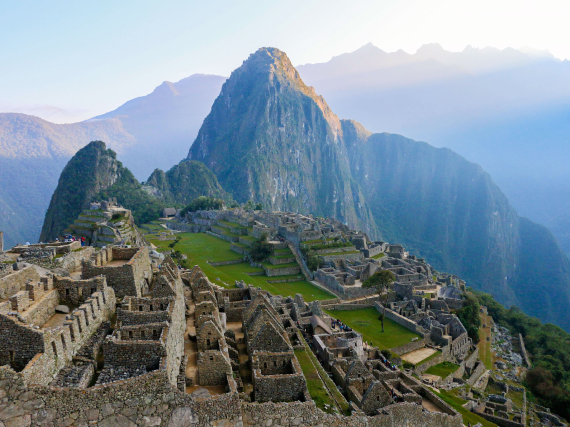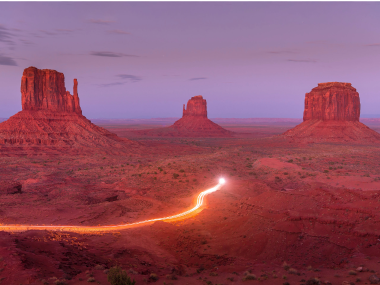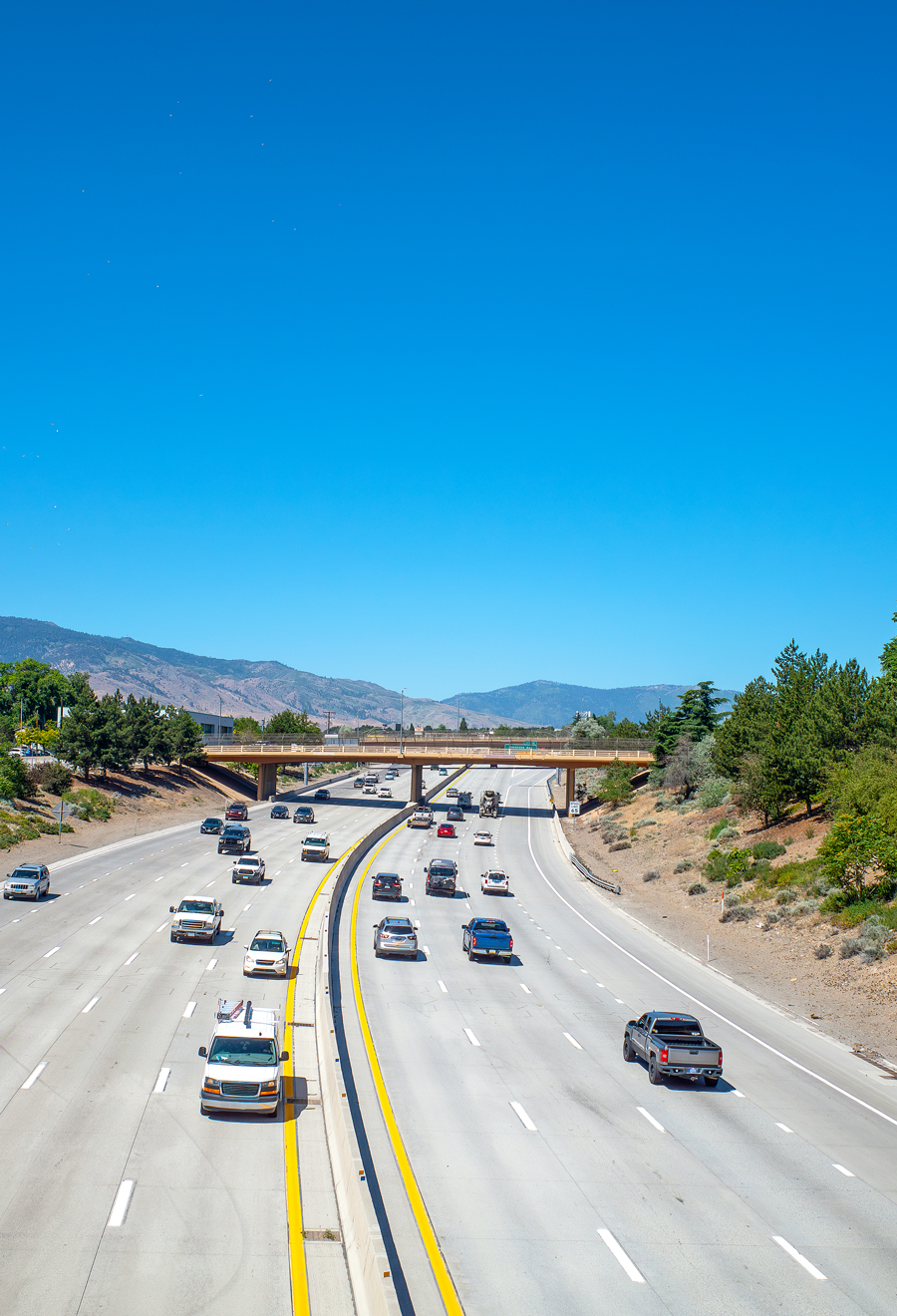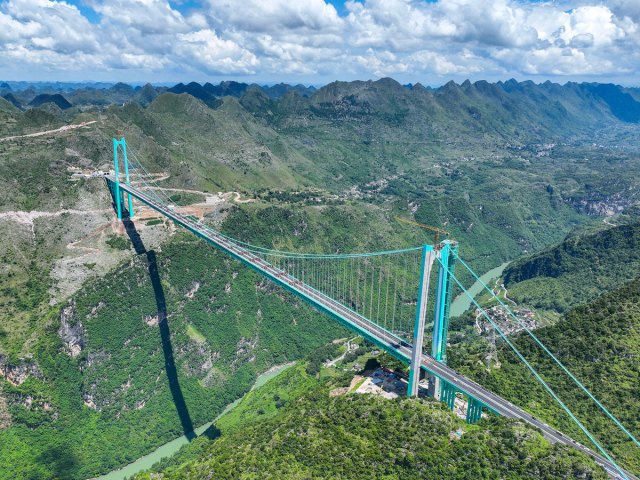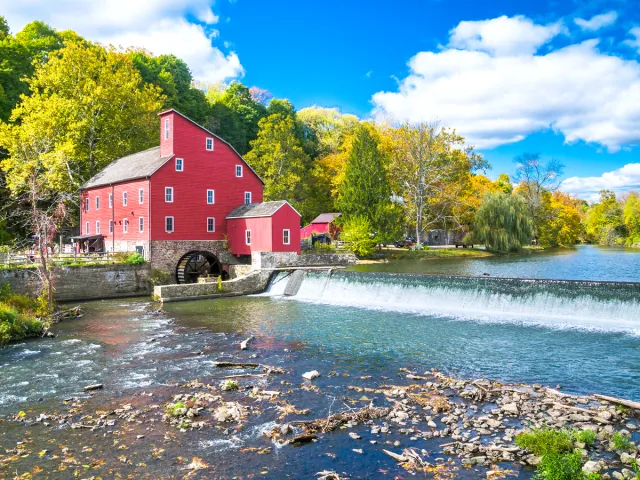The first official speed limit in the United States was set in Connecticut in 1901, at just 12 mph for motor vehicles in towns and 15 mph on country roads. Fast-forward to more than a century later, and you’ll find highways across the U.S. with speed limits in excess of 75 mph. From Texas to Montana, these routes not only get you where you’re going faster, but also showcase stunning landscapes and interesting historic attractions. Here are four of the fastest highways in the U.S. and what makes them worth the drive.
Interstate 29 – South Dakota
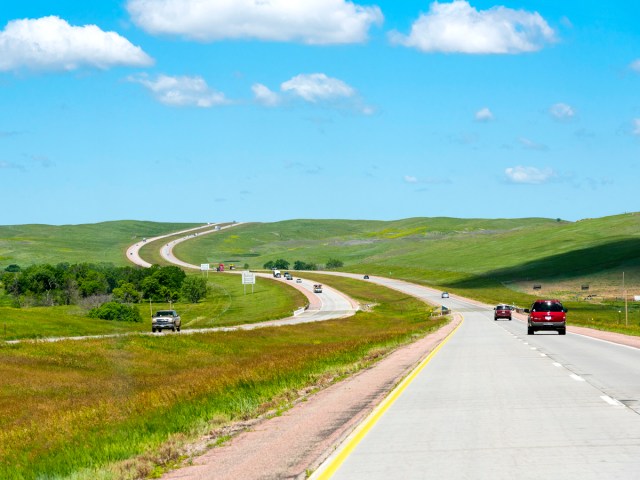
Rural interstates in South Dakota clock speed limits of 80 mph along many stretches, and this applies to all vehicles, whether it’s day or night. Interstate 29 is one of the state’s most traveled roads, running north-south along the Iowa border. This major route takes travelers through Sioux Falls, the state’s most populous city, named after the stunning Falls Park, where the city’s namesake waterfall is fed by the Big Sioux River.
Though the speed limit is lower in urban areas like Sioux Falls, slowing down here offers a chance to enjoy scenic trails, inviting parks, and fascinating museums, making it an ideal stop to immerse yourself in the culture and beauty of the Midwest. And with I-29 running right through it, you can easily experience all the city has to offer before hitting the road again.
Interstate 80 – Nevada
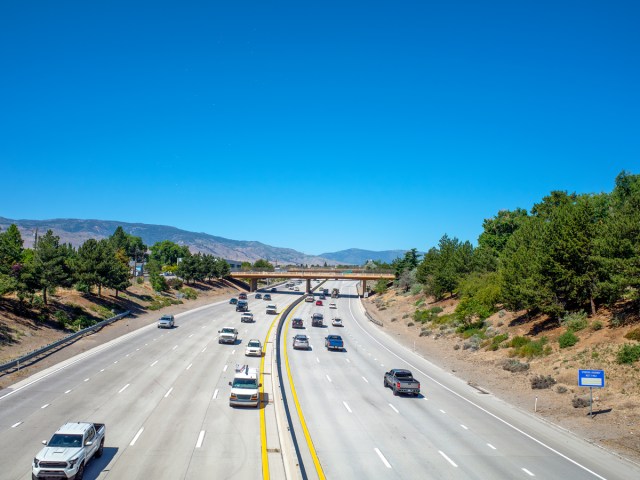
Nevada’s fastest highway is a 130-mile stretch of I-80 across the northern part of the state between the towns of Winnemucca and Fernley, east of Reno. With a speed limit of 80 mph, it’s a quick route through the Silver State, but be prepared to ease up once you reach Reno and cross into California, where the speed limit drops to between 65 mph and 70 mph.
While many travelers use this route as a direct path from point A to point B, others opt to follow in the footsteps of early pioneers, exploring the rich history along the way. The broader 400-mile stretch of I-80 across northern Nevada is dubbed the “Cowboy Corridor,” and passes through a series of historic frontier towns that honor the state’s Western heritage.
To the east of Winnemucca, Elko is famous for its cowboy culture and gold mining heritage, and Wells is known for its 19th-century architecture and picturesque Angel Lake. History enthusiasts can also venture off I-80 to visit Fort Churchill State Historic Park, Nevada’s first military outpost, offering a glimpse into the state’s early military history.
Interstate Highways – Montana
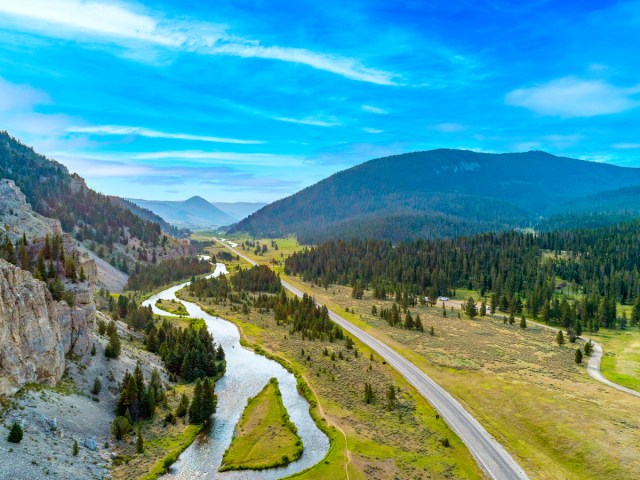
In 2015, Montana raised the speed limit on its interstate highways from 75 mph to 80 mph for cars and light trucks. This limit applies to highways outside urban areas with populations of 50,000 or more, but it dips to 65 mph when the interstate passes through those urban areas.
Many of Montana’s interstate highways, including I-15, I-90, and I-94, offer scenic open roads, taking motorists past glacier-fed lakes, lush valleys, and trickling waterfalls, and wildlife sightings. While the speed limit in some sections of these highways may tempt you to drive fast, it’s worth slowing down to fully take in the stunning natural beauty surrounding you.
State Highway 130 – Texas
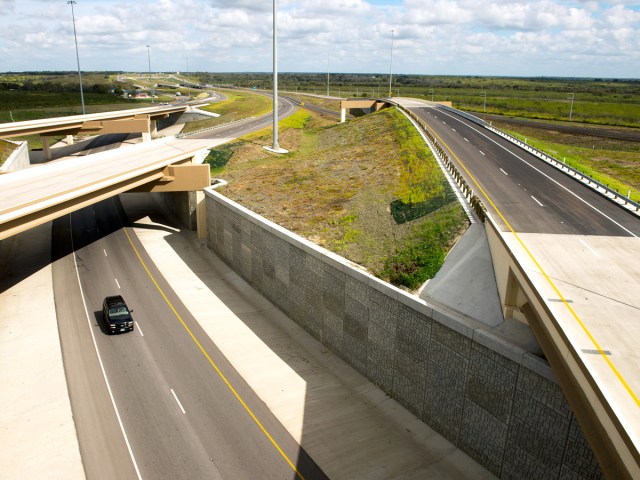
State Highway 130, the fastest highway in the U.S., was completed in 2006 with the purpose of alleviating traffic on the heavily congested I-35, the busiest interstate connecting major Texas cities. Stretching between San Antonio and Austin, State Highway 130 has a posted speed limit of 85 mph, which is the highest speed limit in the country.
Designed to accommodate large vehicles such as semitrucks and buses, SH 130 provides a quicker alternative to I-35, while maintaining a better safety record with fewer accidents (though with far less traffic than I-35). A section of the highway known as “Pickle Parkway” is named in honor of U.S. Representative J.J. Pickle, who served the Austin area from 1963 to 1995 and was an advocate for securing funding to research and develop the project.
More from our network
Daily Passport is part of Inbox Studio, which publishes content that uplifts, informs, and inspires.

